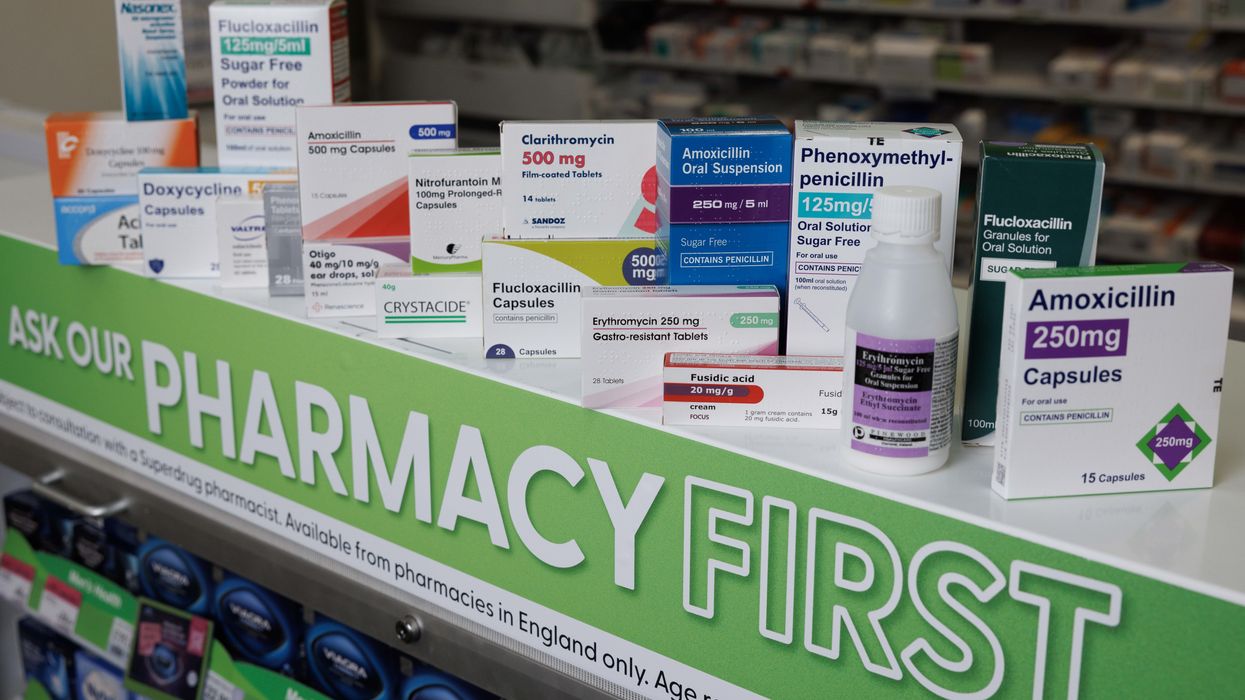BY SAJ SHAH
We are living longer, we are generally safer, we are smarter and we have caused some of the biggest breakthroughs in health, education and technology. Yet in the face of all this remarkable progress and advancement there is one measure that we have failed to advance at the same velocity – our overall joy of life.
The most common finding in well-being surveys is of people feeling trapped in the stress, tiredness, overwhelm, resignation, and misery (“STORM”) of dealing with the day-to-day circumstances of modern life.
The year 2020 was defined by the coronavirus pandemic, arguably the worst pandemic the world has seen in 100 years. We are also facing a STORM outbreak – an epidemic that has stealthily taken hold of us and is spreading fast. This is even more prevalent in the pharmacy workforce.
The Royal Pharmaceutical Society’s 2022 Workforce Wellbeing survey showed that the pressures on the pharmacy workforce (with increasing responsibilities, high work loads, reduced funding and staff shortages) continue to negatively impact mental health and well-being. The findings reported that 73% of the respondents considered leaving their role or leaving the profession all together. 88% of respondents were shown to be at high risk of burnout. And only 28% experience any joy at work[1].
Your experience of any situation will depend on the mind-state you are in when interpreting that situation. When you are in a STORM mind-state you are in survival-mode and what you think, feel, decide and act on will be correlated to that state. This will be totally different to when you are in an extremely resourceful mind-state fuelled by joy.
Below are some simple hacks to shift your energy to move you from a STORM state to a joy-fuelled state in an instant.
Whenever you find yourself in a STORM state, notice what your body is doing.
There is a feedback loop between our physiology (body) and our psychology (mind). What we think and feel is reflected in the way we breathe, our posture and our facial expression. In turn, how we breathe, our posture and our facial expression impacts how we think and feel. You can reverse how you think and feel by consciously noticing and resetting your breath, posture and facial expression when you are in a STORM state.
Breath
Notice how you breathe when you are in a STORM state. Do you hold your breath? Breathe fast and in short bursts? Breathe mainly in the upper chest? The optimal joy-fuelled mind-state is activated in people when their breathing is through the nose, with the breath going deep in towards the belly in slow, rhythmic cycles. Slowing down your breathing (reducing your breaths per minute) encourages your body’s respiratory and circulatory systems to bring your heart rate and breathing into synchrony which instantly lowers stress and triggers a sense of calm. Notice how many times you consciously focus on altering the quality of your breathing in your moments of stress.
Posture
Notice what your posture is like when you are in a STORM state. Is it hunched and tense? Reset your posture with a super-hero power pose, shoulders rolled back, chest out and head held high. Doing this for 2 minutes alters confidence levels and lowers stress hormones.
Face
Our face has the biggest range of muscle structures in the human body. We are capable of making 10,000 unique facial expressions. Our facial expressions are a central driving force of our emotions.
Intentionally exercising two muscles in the face can alter your mind-state. The muscles are the zygomaticus major muscle (around your lips) and the orbicularis oculi muscle (around your eyes). The simplest way to exercise these muscles for a shift in mind-state and a natural face lift is to just smile! Remember - joy can trigger a smile but a smile can trigger joy. Your brain cannot tell the difference so even if you are in a STORM state the mere action of forcing a smile fools your brain into thinking you are happy. Notice this for yourself when you feel stuck in a STORM state.
Smiling is also the magic switch to trigger laughter. Babies, infants, and toddlers in general laugh 300 to 400 times a day. Adults laugh on average only ten to fifteen times a day as we become conditioned to deal with surviving the STORMs of life and often deliberately choose not to laugh in certain circumstances, as it is considered unprofessional or inappropriate.
Bringing fun, laughter, and humour into the workplace can actually improve work outcomes, such as individual and group performance, productivity, satisfaction, and well-being. Even a minute of forced laughter is a readily available and cost-free way of boosting your mood and psychological well-being.
Notice how many times during the day you laugh. Train yourself to laugh for no reason with certain cues, such as forcing a laugh every time you go through a doorway into a new room in your house, or when you switch on the shower, or open the door of your fridge.
You are the curator of your life. You have a choice in curating it to be STORM-filled or joy-fuelled. When you pay attention to something, you are feeding a neural pathway. If you do it often enough, it becomes a habit – so choose to pay special attention to your joy. The more you focus on your joy, the more you unlock your joy potential which has the power to displace any STORM.
ABOUT THE AUTHOR
Saj has a background as a pharmacist, lawyer, former senior leader at AstraZeneca and health technology entrepreneur. He was inspired by personal experiences to re-evaluate his own relationship with joy. This powerful period of reflection led to writing a best-selling book called “JOYNETIX – Unlock Your Joy Potential” as well as delivering a now-viral TEDx talk titled “3 Keys to Unlock a Dash of Joy” with over 2.3 million views and was in the top 5 most watched TEDx talks on YouTube in 2022. He the CEO and Founder of JOYNETIX which evolved from his book into a consultancy that empowers and enables global organizations to generate thriving joy-fuelled cultures at work to expand well-being, optimize performance, elevate productivity and spark innovation.
Watch Saj’s TEDx talk here:
[1]https://www.rpharms.com/Portals/0/RPS%20document%20library/Open%20access/Workforce%20Wellbeing/Workforce%20and%20Wellbeing%20Survey%202022-120123.pdf?ver=9e-7gAUwEgsE-ur8m7kTzQ%3d%3d











